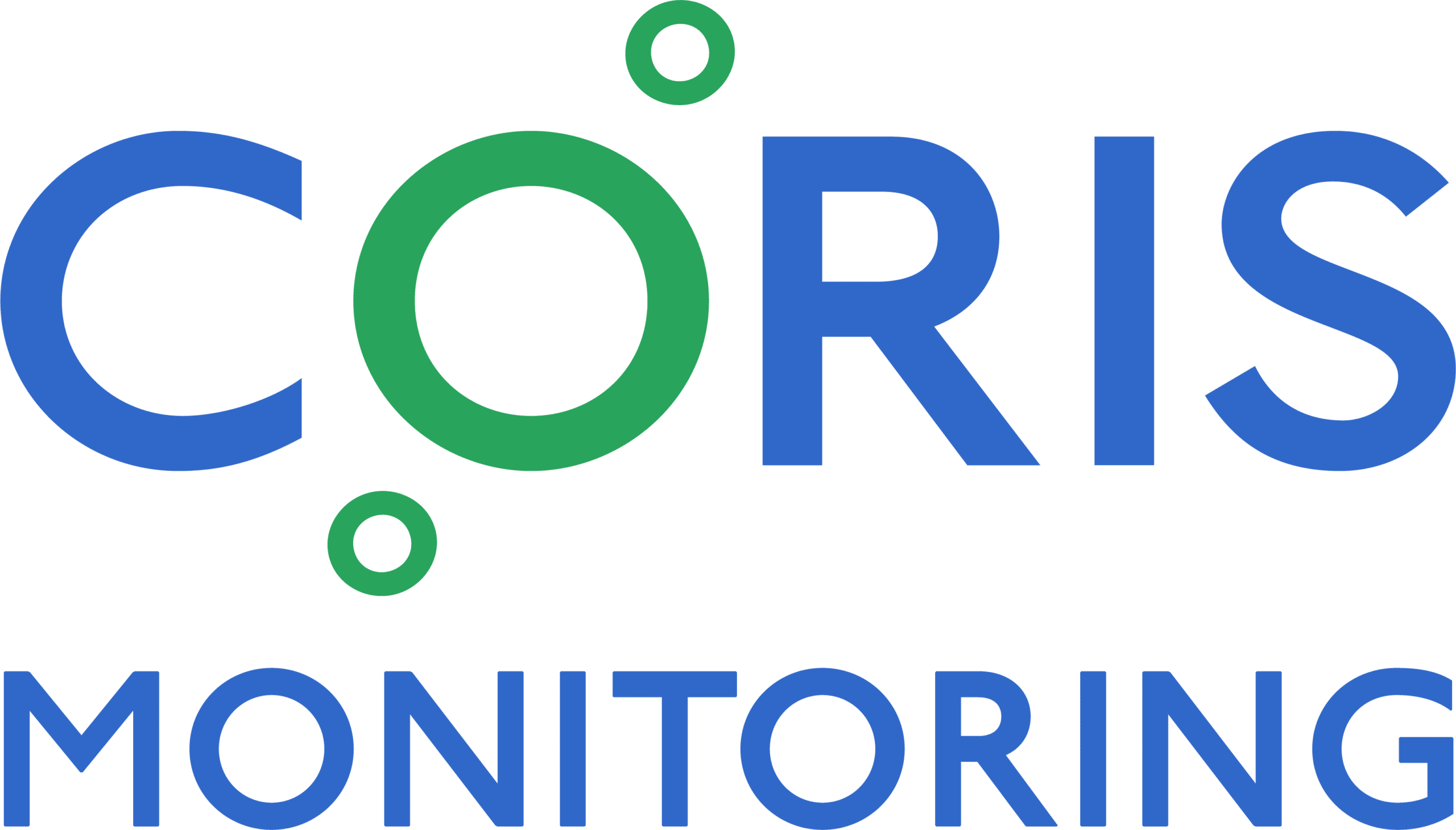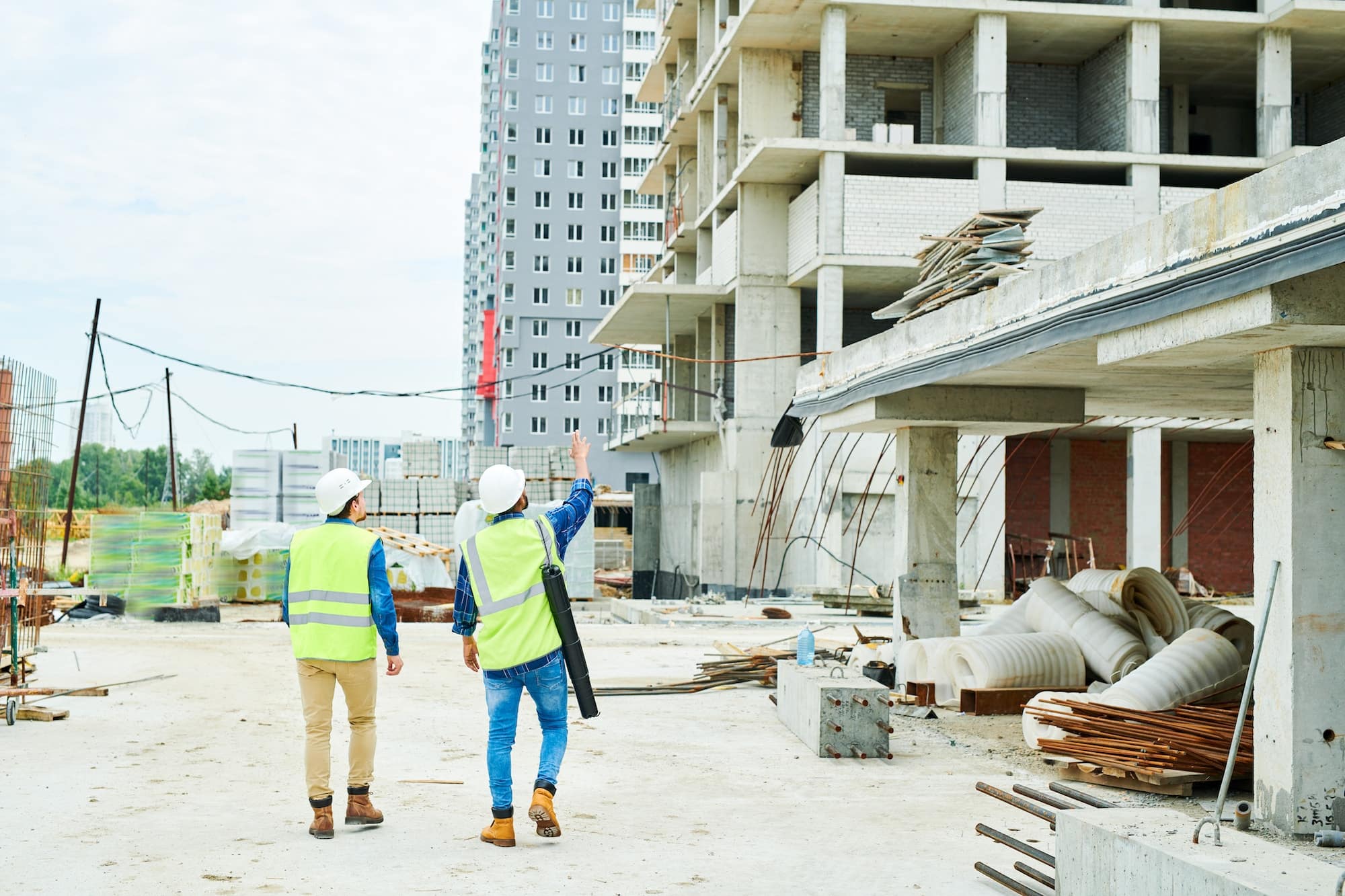The national average cost of a new hospital construction is 15% higher today than it was in 2019, according to Gordian’s RSMeans Online Building Models. While these heightened construction costs can be traced back to rising material costs and supply chain disruptions, it’s also a matter of how modern healthcare facilities are designed.
Healthcare facility professionals are more inclined to invest in sustainable initiatives like solar panels, rainwater harvesting systems, energy-efficient HVAC systems and green roofs. While saving money in the long run, these environmental responsibility measures can bump up upfront costs. At the same time, healthcare facilities are seeing the value of investing in more physical safety and security features, from specialized ventilation systems to robust access control systems.
Despite rising hospital construction costs, many projects have carried on — and even been accelerated. As highlighted in a Becker’s Hospital Review article, the thought here is “to get patients in the door faster and revenue coming in sooner.”
These variables raise a few concerns. There’s a need to keep hospital construction projects on track and reduce any risks on-site that could cause delays or tack on to heightened costs. A comprehensive monitoring system provides a safety net.
Use Monitoring To Ensure On-Site Safety & Avoid Delays
Are the optimal conditions being maintained in the hospital construction process? It’s an important question that impacts project speed and cost — and one a monitoring system can help answer.
Temperature & Humidity Variations
Consider the effect temperature and humidity variations can have on sensitive building materials: flooring, woodwork and laminates. If sensitive materials warp, expand or contract, their integrity is compromised. A temperature and humidity monitoring system will alert hospital construction personnel if conditions move outside predefined thresholds. This reduces the risk of defects that could call for replacement materials. The system also ensures that installed materials comply with warranty requirements during storage, deployment and before the building is completed.
Water Leaks
If a water leak occurs, there could be significant damage to the hospital building’s walls, floors and ceilings. An undetected leak could also lead to mold growth behind walls that requires extensive remediation. Real-time leak detection helps avoid costly repairs in hospital construction projects while keeping teams productive.
HVAC Issues
Efficient HVAC systems are critical in maintaining a hospital’s ideal indoor air quality. With energy efficiency and patient comfort top of mind, there’s value in preliminary HVAC testing with sensors during a hospital construction project’s commissioning. Before a facility is fully operational, a monitoring system can allow construction teams to identify performance issues in various zones. This proactive approach empowers construction personnel to make timely changes and corrections early on in the project.
Elevator Issues
Hospital elevator motors need to operate within specific parameters to ensure their safety and prevent malfunctions. The same can be said for machine rooms that house essential elevator components. A monitoring system can provide support on both fronts. On the one hand, hospital construction personnel can oversee the efficiency of elevator motors to prevent any costly delays. At the same time, they can detect any temperature or humidity irregularities that could lead machine room components to fail.
How CORIS Monitoring Supports Smooth Hospital Construction
CORIS offers one comprehensive monitoring system to help keep unnecessary hospital construction costs at bay. Our 24/7 cloud-based system allows you to remotely monitor:
- Temperature and humidity levels throughout the construction site
- Leaks from water and drain lines or other systems
- Performance and energy efficiency of HVAC systems
- Elevator motor performance and temperature/humidity in machine room
Beyond these key areas, CORIS also provides measures to help keep employees safe. On the one hand, you monitor temperatures to ensure construction crews are working under safe conditions. You can also monitor ambient air CO2 to make sure that levels aren’t too high and that employees are kept safe.
From new hospital buildings to renovation projects, CORIS offers a comprehensive safety net to keep your projects on track and cost-effective. Contact us today to learn more.





